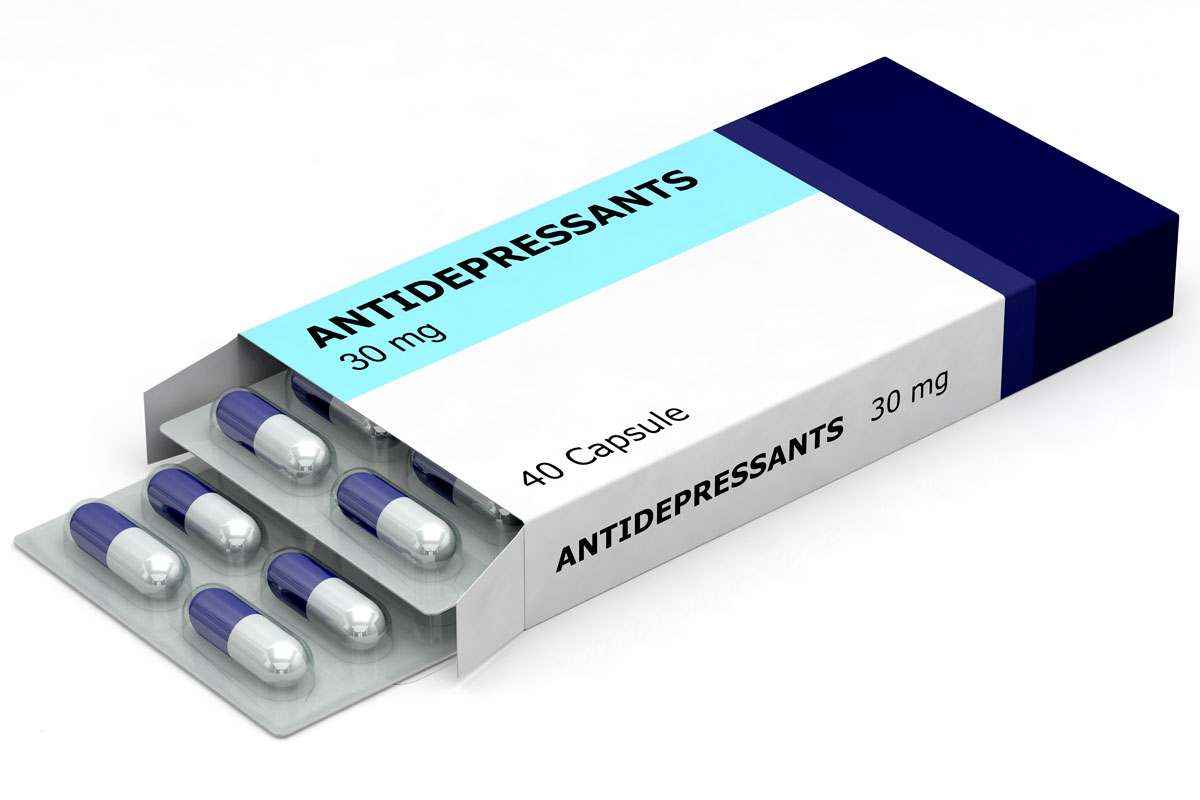 Burns are common conditions seen in the Emergency Room (ER) / Department (ED) when a traumatic injury results in tissue loss or damage on body region(s). Caroline and Mary (2012 p. 1206) classify burns “according to the mechanism of injury and according to burn depth and size”,
Burns are common conditions seen in the Emergency Room (ER) / Department (ED) when a traumatic injury results in tissue loss or damage on body region(s). Caroline and Mary (2012 p. 1206) classify burns “according to the mechanism of injury and according to burn depth and size”,
An example of an ER / ED case is when a 56 year old man presents with an electrical burn while undertaking mechanical repairs to his car when his metal wrist watch had made contact with part of the electrical system. Although electrical burns can be potentially life threatening, especially if caused by electric shocks due to exposure to electricity current or lightning, this patient experienced immediate pain from an injury to the radial aspect of his right wrist with subsequent skin changes and discomfort at the periphery of the lesion.
The ER / ED doctor will assess to estimate the total body surface area and depth of this burn as seen from the photograph (left), and manage this ED / ER case.
Other common examples of burns seen in the ER / ED are thermal burns as a result of direct contact with heat sources – example caused by steam, hot water scalds, and flames, electrical burns as well chemical burns caused by exposure to strong acids,
alkalis, or other substances such as detergents or solvents especially affecting the skin and eyes, and radiation burns from exposure to radioactive sources, such as the ionizing radiation used in industry, or therapeutic radiation.and sunburns.
The International Classification of Diseases (ICD), 10th Revision: Version 2010 provides several codes to classify burns.
Burns are classified under the Chapter XIX Injury, poisoning and certain other consequences of external causes (S00-T98) and spread across three (3) blocks, from T20 to T32.
From within the codes from T20 to T32 for burns under the Chapter XIX, they are grouped into three (3) groups, namely codes from burns of external body surface, specified by site (T20-T25) – example of a site is the head and neck site, to burns confined to eye and internal organs (T26-T28), and burns of multiple and unspecified body regions (T29-T32).
Health Information Management (HIM) / Medical Records (MR) practitioners must take note that when the site of the burn is unspecified but the burn is classified according to extent of body surface involved, then the codes from T31 category is to be used as the primary code only . However, it may be used as a supplementary code, if desired, with categories T20-T25 or T29 when the site is specified.
Doctors who record the assessment for burns use some modification of the “rule of nines” (as above) for estimating percentage of body burned from the total body surface area (TBSA). The body is divided into multiples of 9%. For instance, one arm equals 9% and the entire back equals 18%.
HIM / MR practitioners must also be aware of the codes assigned to sequelae (a residual condition) of burns, corrosions and frostbite at T95.
References:
- Caroline, BR & Mary, TK 2012, Textbook of basic nursing, 10th edn, Wolters Kluwer Health, Lippincott Williams & Wilkins, Philadelphia, USA
- Mitchell, CJ, Ahmad, Z and Khan, MS 2013, An unusual burn, Endgames, 25 May 2013, vol. 346, British Medical Journal, BMJ Publishing Group Ltd, London
- World Health Organization 2011, Volume 1 Tabular list, International Statistical Classification of Diseases and Related Health Problems 10th Revision, 2010 edn, Geneva, Switzerland































